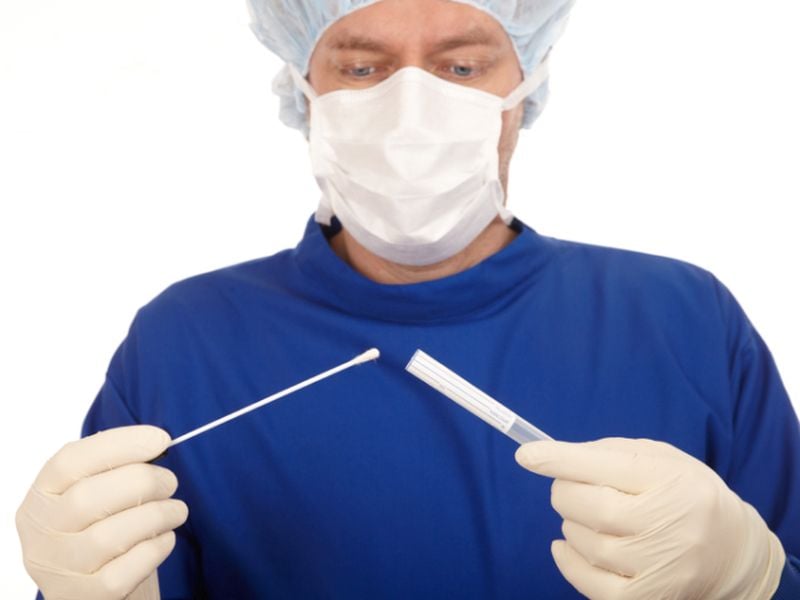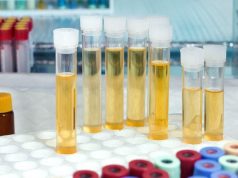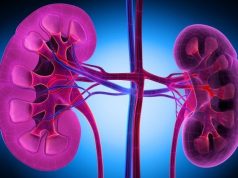37 percent of placental swabs yielded potential pathogens compared with 2 percent of blood cultures
By Elana Gotkine HealthDay Reporter
WEDNESDAY, Jan. 3, 2024 (HealthDay News) — Among microbial specimen types examined in a maternity hospital, placental swabs yield the highest number of potential pathogens, according to a study published online Dec. 27 in PLOS ONE.
James Powell, from University Hospital Limerick in Ireland, and colleagues conducted a retrospective study to assess the potential clinical value of microbiology samples used in the maternal “septic screen” of 845 patients in an Irish maternity hospital. A review was completed for all maternal “septic screen” microbiology results from July 2016 to December 2021. Four hundred thirty of the patients also had a placental swab collected and made up the study population.
The researchers found that among the 430 patients, 2 percent of blood cultures yielded potential pathogens compared with 37 percent of placental swabs, 33 percent of high vaginal swabs, 9 percent of throat swabs, and 7 percent of urine specimens. Of the blood cultures, 95 percent were sterile compared with 52 percent of placental swabs, 0 percent of high vaginal swabs, 0 percent of throat swabs, and 53 percent of urine specimens.
“The value of sending placental swabs for microbiological analysis as part of a septic workup is underrecognized,” coauthor Nuala H. O’Connell, M.D., also from University Hospital Limerick, said in a statement. “This study will augment the medical literature in the areas of both maternal and neonatal sepsis diagnostics and thereby assist with antimicrobial stewardship.”
Copyright © 2024 HealthDay. All rights reserved.








